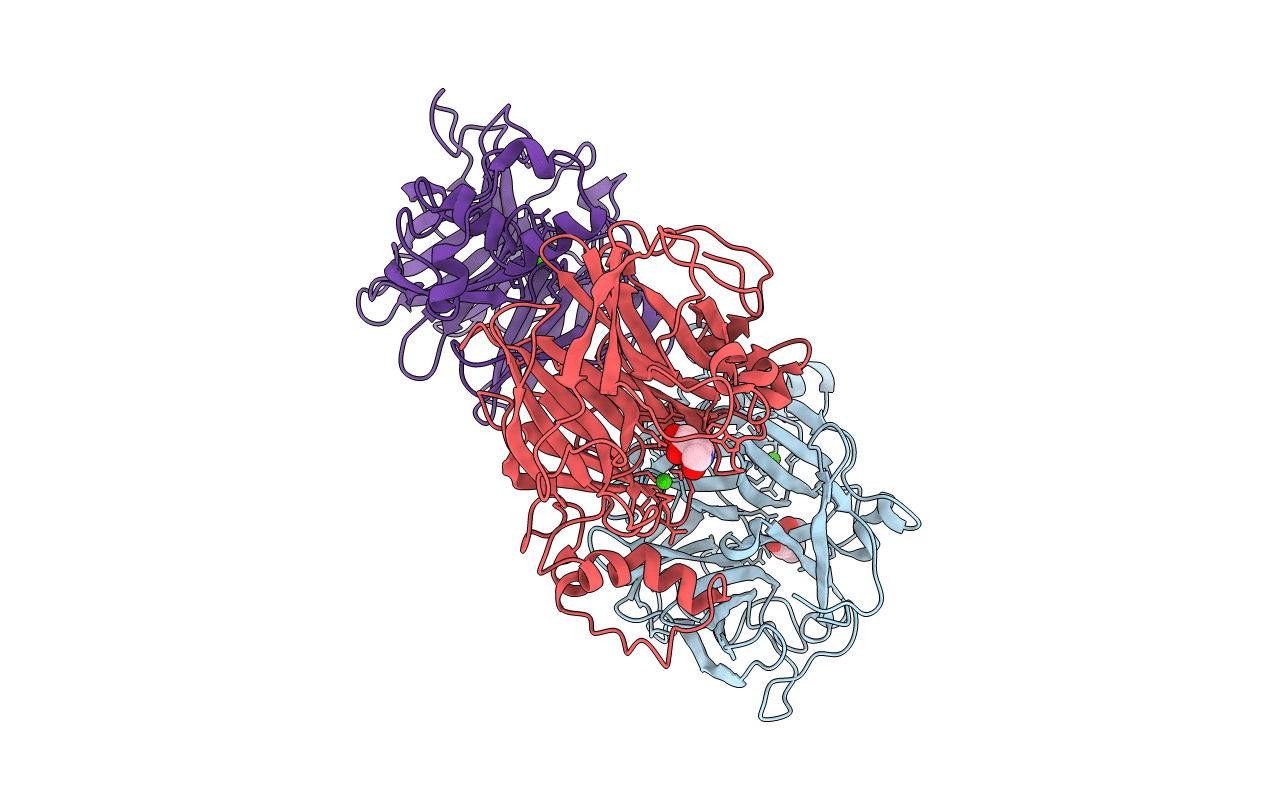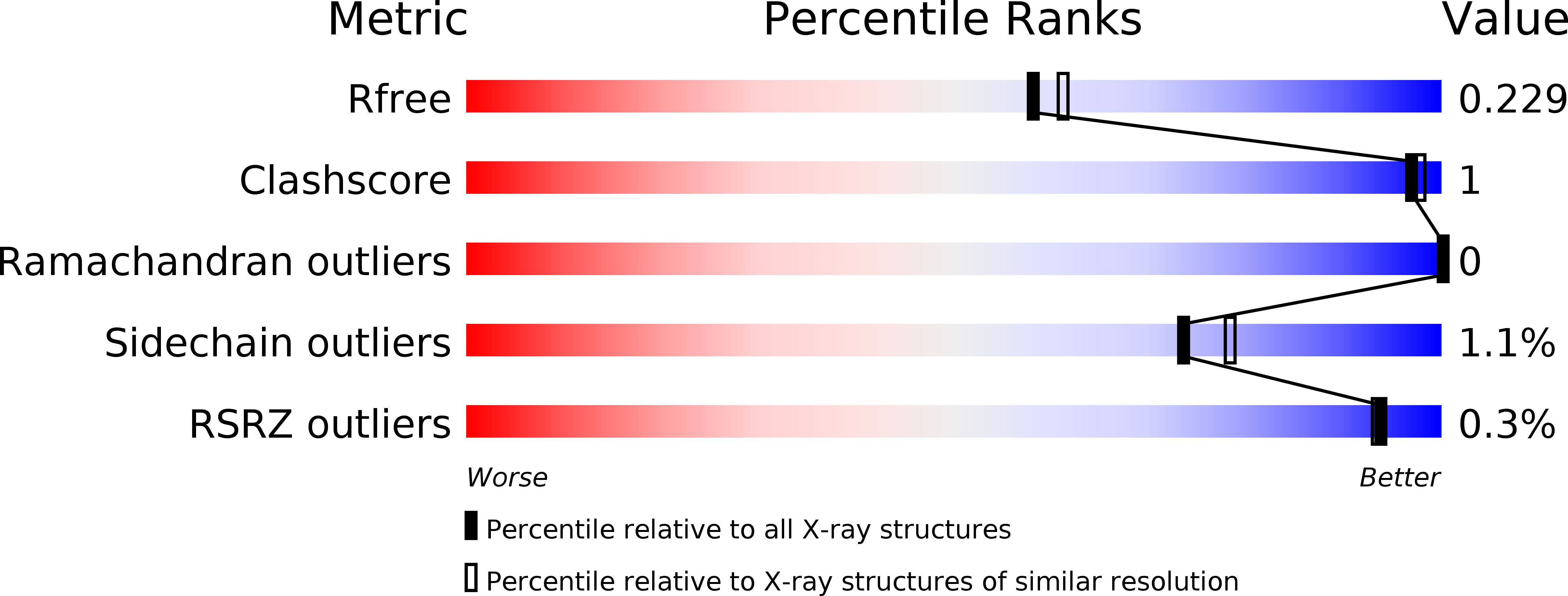
Deposition Date
2017-10-30
Release Date
2018-10-17
Last Version Date
2024-05-08
Entry Detail
PDB ID:
6EUH
Keywords:
Title:
The GH43, Beta 1,3 Galactosidase, BT3683 with galactodeoxynojirimycin
Biological Source:
Source Organism:
Host Organism:
Method Details:
Experimental Method:
Resolution:
2.00 Å
R-Value Free:
0.22
R-Value Work:
0.18
R-Value Observed:
0.18
Space Group:
P 1


